|
Genesis 1:3-4 -"And God said, "Let there be light," and there was light. And God saw that the light was good. And God separated the light from the darkness." Opening activityUsing the information from the Astronomy timeline last week, I had the students get together and put in order the different pictures of the men that made discoveries in astronomy since the beginning of time. There are numerous women that have made significant contributions as well, and I can't wait to add them in at a later time. A study of light note taking guide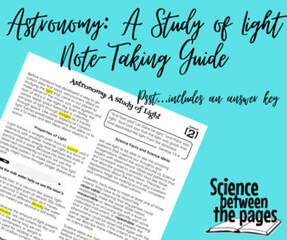 In this note taking guide, you will find several properties of light. And as we were going through the information, I would pause and do a demonstration with that property of light. Light behaves like a particle and a wave. Place a teaspoon of milk powder in a glass pan filled halfway with water. This will make the water cloudy. Shine a red pointer throughout the room and make an observation. Could you see the path the light traveled in? Did it travel in a straight line? Now place the pointer on the side of the glass pan and shine the red light through the cloudy water. Could you see the path the light traveled in? DId it travel in a straight line? Another property of light is that it travels fast. Light travels 300 million meters per second and slows down slightly through materials of different density. Light is bright. We use lumens to measure the brightness of light. The Sun is 35 octillion lumens which is 35 with 27 zeros after it (35,000,000,000,000,000,000,000,000,000) Light travels in a straight path but can change directions depending on the type of material the light encounters. During class, we used mirrors to reflect the light of the flashlight and demonstrate how the light can change directions. Many large telescopes and satellites use different types of mirrors to study the night sky. Science Facts versus science ideas In order for something that we read or hear about in science to actually be a fact, it must be observable- meaning that any person could reasonably make the same observation, measurable- describable with a level of consistency or with a calibrated instrument. and/or repeatable- meaning that if the same conditions are present, the phenomena could be observable again with the same range of results. Science ideas, however, are rooted in the person or people's shared worldview. If we believe that God created the Sun, Moon, and Stars on the fourth day then our interpretation of data will align with our worldview of creation by God. However, if we don't believe God is Creator then our interpretations will be void of God and His creation. As you can see, the creation of the world is NOT observable, therefore both of these are simply science ideas based on different worldviews. One of my favorite places to check facts I read in the news is the Institute of Creation Research (https://www.icr.org/ ) or Answers in Genesis. Both of these align with my worldview that God created the universe in 6 days and are backed by creation scientists with the same worldview. Mitten investigation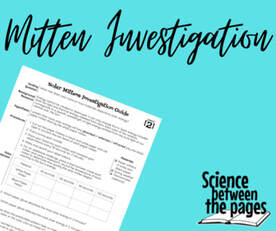 To test and see how light and heat can be absorbed, here is a mitten investigation. You will cut out a white mitten and a black mitten. You can cut out all the colors of the rainbow mittens if you wanted to and see which colors absorb the most light and heat. This can be measured using a thermometer.
0 Comments
Leave a Reply. |
Lead LearnerWelcome! My name is Nicole Fleming and I have been leading science learning in the Bryan/College Station homeschool community for over 10 years. Archives
April 2023
Categories |
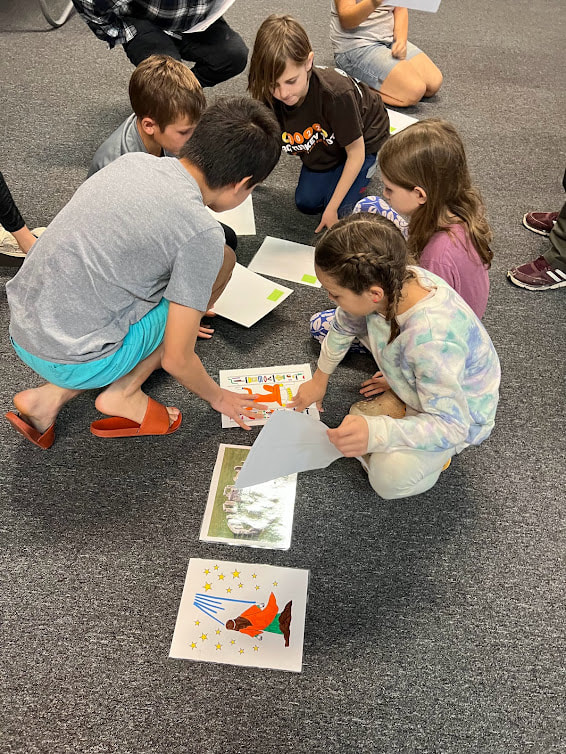
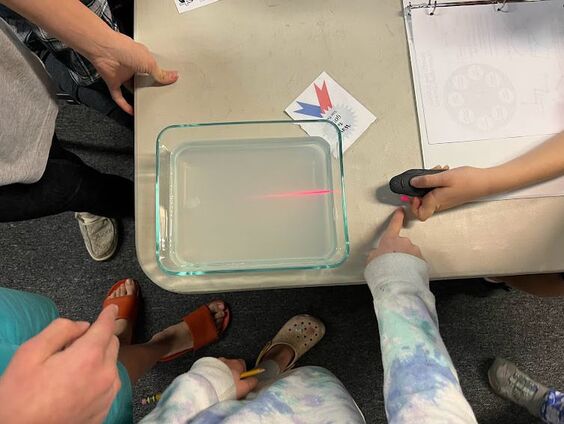
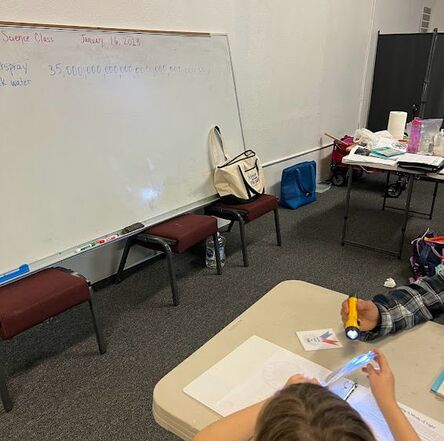
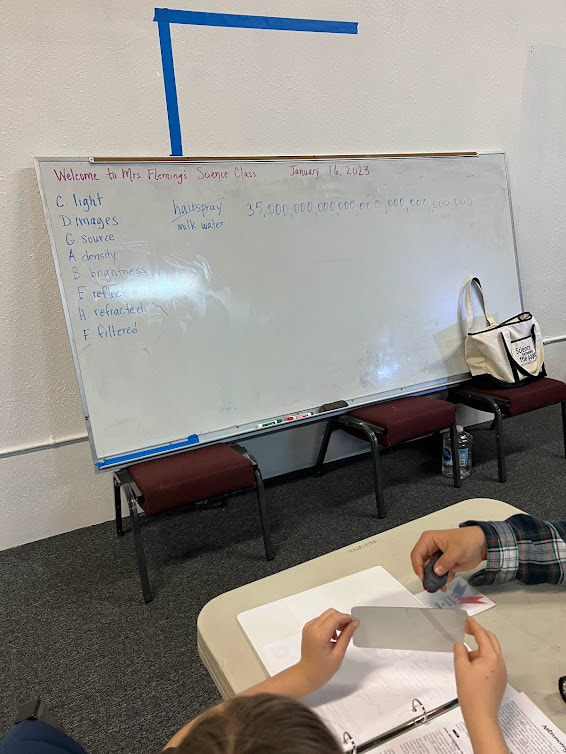
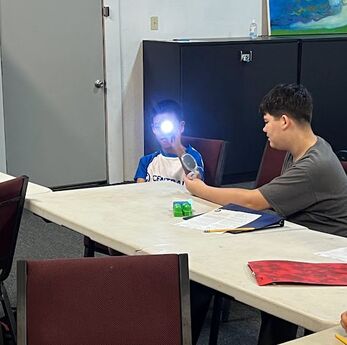
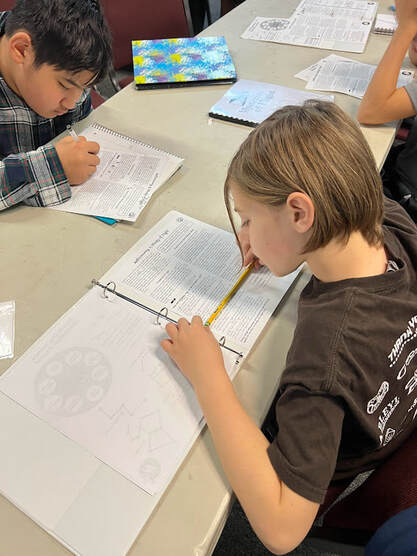
 RSS Feed
RSS Feed